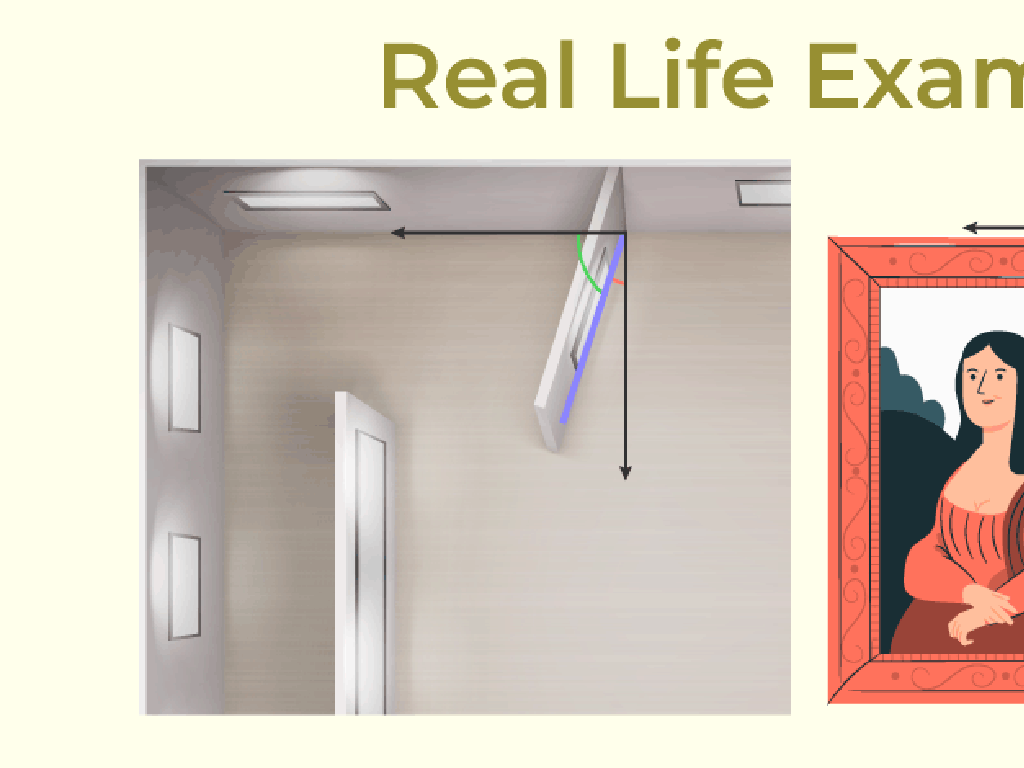Reconstruction
Subject: Social studies
Grade: Fourth grade
Topic: The Civil War And Reconstruction
Please LOG IN to download the presentation. Access is available to registered users only.
View More Content
Welcome to Reconstruction!
– Post-Civil War period
– Definition of Reconstruction
– A time to rebuild and heal the nation after the Civil War.
– Significance of Reconstruction
– Helps us understand how laws and rights changed.
– Learning about our history
|
This slide introduces students to the Reconstruction era, a significant period in American history following the Civil War. It’s crucial to explain that this was a time when the United States worked to rebuild and bring together a nation that had been divided by war. Emphasize the importance of learning about Reconstruction as it was a time of great change, where many laws were passed to protect the rights of newly freed African Americans and to help rebuild the Southern states. This period also set the stage for future civil rights movements. Encourage students to think about how learning about the past can help us understand the present and shape the future.
The Civil War: A Quick Recap
– Reviewing the Civil War
– A conflict between the North and South over issues like slavery.
– Outcomes of the war
– The North won, slavery ended, and the country changed.
– Rebuilding the nation
– Introduction to how the country started to heal and grow again after the war.
|
Begin with a brief review of the Civil War, highlighting that it was a conflict primarily over the issue of slavery and states’ rights. Emphasize the North’s victory and the abolition of slavery as key outcomes. Introduce the concept of Reconstruction as the period where America began to rebuild after the war, focusing on healing the divisions between the North and South and integrating formerly enslaved people into society. Use simple language and ensure that the concepts are clear and relatable to fourth graders. Encourage students to think about how a divided nation might start to come together and the challenges it might face in doing so.
The Goals of Reconstruction
– Reuniting the divided nation
– After the Civil War, the USA needed to become one country again.
– Transforming society in the South
– Changes were made to improve life and rights in the South.
– Enforcing civil rights for freed slaves
– New laws were created to protect the freedom of former slaves.
|
The slide introduces the three main goals of the Reconstruction era following the Civil War. Emphasize the importance of bringing the North and South together again as one united country. Discuss the significant changes that were aimed at transforming Southern society, including rebuilding economies and governments. Highlight the enforcement of civil rights for newly freed slaves, which was a crucial step towards equality. Use simple language and relatable examples to help students understand these complex concepts. For instance, compare the reunification to repairing a friendship after a big argument, or transforming society to renovating a playground to make it better for everyone.
Key Figures of Reconstruction
– Leaders during Reconstruction
– Think presidents, generals, activists
– Roles they played
– They made laws, led armies, fought for rights
– Impact on the era
– Their decisions influenced the country’s healing
|
This slide aims to introduce students to the influential leaders of the Reconstruction era following the Civil War. Key figures include presidents like Abraham Lincoln and Andrew Johnson, military leaders, and activists who fought for the rights of freed slaves. Discuss the roles these individuals played, such as creating legislation, leading the nation, or advocating for civil rights. Highlight how their actions and policies were pivotal in shaping the period of Reconstruction, which was a time of rebuilding and redefining the United States. Encourage students to think about how leadership can affect the course of history. Provide a few examples, such as the 13th Amendment abolishing slavery, to illustrate the lasting impact of these leaders’ actions.
Challenges of Reconstruction
– Resistance to change in the South
– Some people in the South didn’t want to follow new laws after the Civil War.
– Economic struggles: Sharecropping
– Sharecropping was a system where freed slaves rented land and paid with a share of the crops.
– Legal restrictions: Black Codes
– Black Codes were laws that limited the freedom of African Americans.
|
This slide aims to educate fourth-grade students on the difficulties faced during the Reconstruction era after the Civil War. Emphasize the resistance from Southern individuals who were reluctant to accept the new changes, such as equal rights for former slaves. Sharecropping is to be explained as a system that often kept African Americans in a cycle of poverty despite being free. Black Codes were laws that severely restricted the lives of African Americans, and it’s important to discuss how these laws affected their newfound freedom. Use simple language and relatable concepts to help students understand these complex issues. Encourage students to think about how these challenges would affect people’s lives and to consider the fairness of these practices.
Successes of Reconstruction
– Public schools were established
– Schools for all, including former slaves
– Reconstruction Amendments passed
– 13th, 14th, 15th amendments to the Constitution
– Infrastructure improvements made
– Better roads, bridges, and buildings
|
This slide highlights the positive outcomes of the Reconstruction era following the Civil War. Emphasize the importance of public schools being established, which opened up education for all children, including African Americans. Discuss the Reconstruction Amendments: the 13th (abolishing slavery), the 14th (granting citizenship to all born in the U.S.), and the 15th (voting rights for all men regardless of race). Highlight the improvements in infrastructure, such as the construction of better roads, bridges, and public buildings, which helped to modernize the South. Encourage students to think about how these changes might have impacted the lives of people at the time.
The End of Reconstruction
– Reasons Reconstruction ended
– Political conflicts and economic issues led to its end.
– The Compromise of 1877
– An agreement that decided the 1876 presidential election and removed federal troops from the South.
– Long-term effects on society
– It led to the rise of Jim Crow laws and segregation in the South.
– Understanding Reconstruction’s legacy
|
This slide aims to explain the conclusion of the Reconstruction era, which was a complex period following the Civil War. It’s important to discuss the various factors that contributed to the end of Reconstruction, such as political disagreements and economic challenges. The Compromise of 1877 was a pivotal event that effectively ended federal intervention in Southern politics. The long-term effects of the end of Reconstruction were significant, including the establishment of discriminatory laws and practices that enforced segregation. When discussing this topic, emphasize the impact of these events on the shaping of American society and the importance of understanding this legacy in the context of U.S. history.
Reconstruction’s Legacy in Modern America
– Reconstruction’s influence today
– Post-Civil War era shaped laws and society.
– Civil rights movement roots
– Struggle for equality began during Reconstruction.
– Reconstruction’s societal impact
– Changes in laws and attitudes started back then affect us now.
|
This slide aims to connect the past with the present by exploring how the Reconstruction era after the Civil War has influenced modern America, particularly in terms of laws and social norms. Emphasize the roots of the civil rights movement, which can be traced back to the Reconstruction period when there was a significant push for equality and rights for African Americans. Discuss how the changes initiated during Reconstruction have had a lasting impact on today’s society, shaping the way we view civil rights and equality. Encourage students to think about how the historical efforts for change are reflected in the current social and political climate.
Class Activity: Rebuilding a Nation
– Divide into roles: Freed people, Landowners, Politicians
– Discuss your group’s rebuilding role
– How would you help the nation?
– Present your ideas to the class
|
This activity is designed to engage students with the concept of Reconstruction by having them role-play different perspectives from that historical period. Each group will represent a different viewpoint: Freed people who were recently emancipated, Southern landowners who have lost their workforce, and Northern politicians who are trying to reunite the country. Encourage students to think about the challenges each group faced and how they might have contributed to rebuilding the nation. After discussion, each group will share their ideas with the class, fostering a deeper understanding of the complexities of Reconstruction. Possible activities could include creating a poster with their group’s plan, writing a short speech, or even a skit to represent their ideas.






